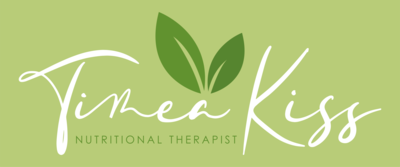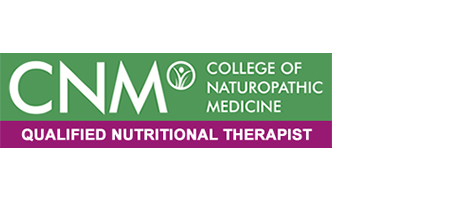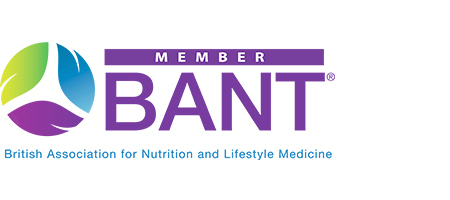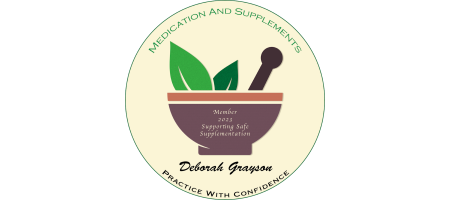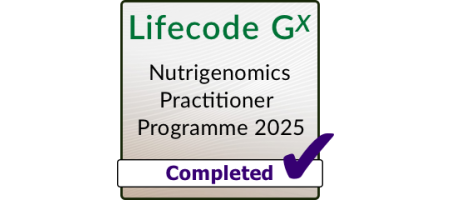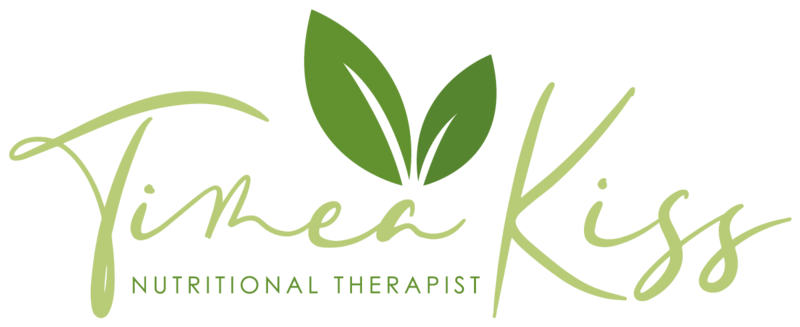Unveiling the Health Impact of Plastics: A Comprehensive Exploration

posted 11th December 2023
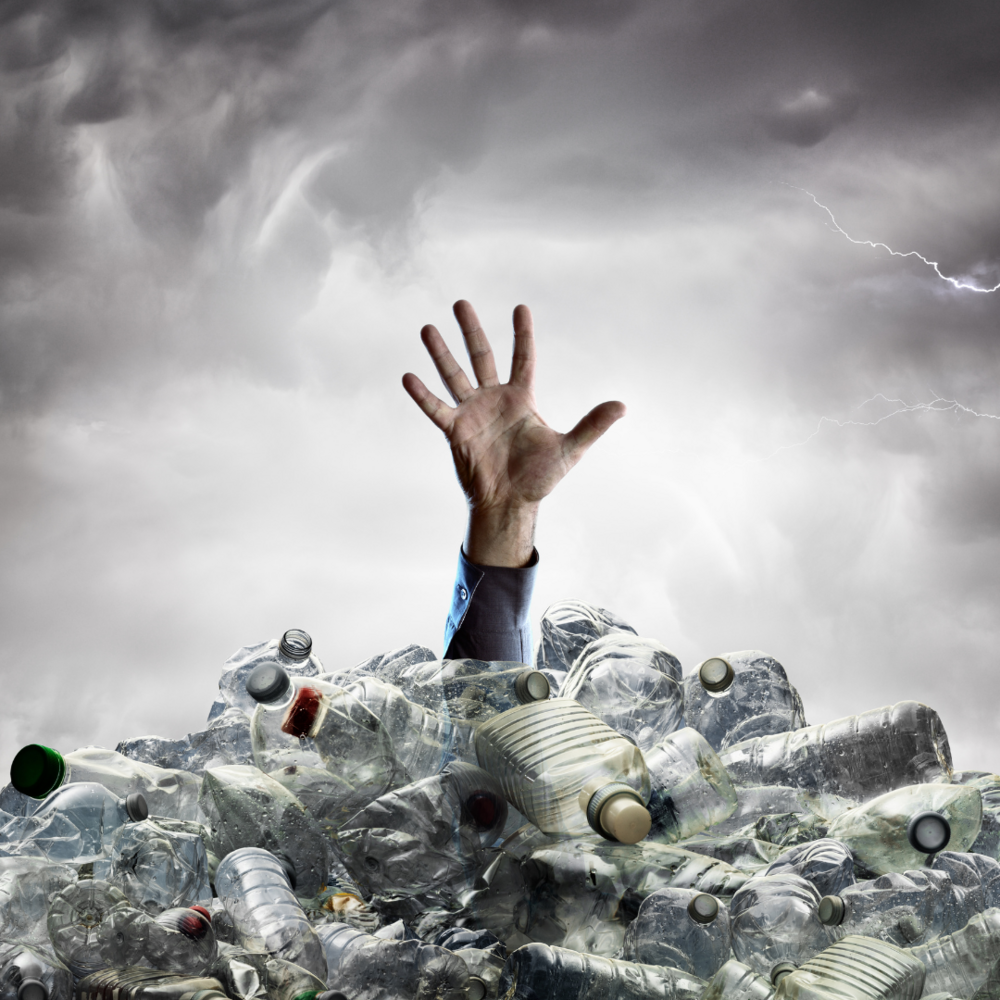
Over 10,000 chemicals are added to food and food packaging materials.
Many of these chemicals are known carcinogens and have been found to result in adverse health effects.
Many of the negative effects of these chemicals occur by disrupting hormonal signals. The scientific term for this is ‘endocrine disruptors.’
Endocrine Disrupting Chemicals (EDCs) may interfere with the body’s hormonal systems and produce developmental, reproductive, neurological, and immune dysfunction.
Endocrine disruptors are found in many everyday products, including plastic bottles, the linings of metal food cans, detergents, flame retardants, food, toys, cosmetics, thermal receipts, and pesticides.
Professional societies such as the Endocrine Society, the World Health Organization, the International Federation of Gynaecology and Obstetrics, have issued warnings about the safety of chemicals found in plastics.
WHICH CHEMICALS IN PLASTICS SHOULD you AVOID?
Phthalates (found in household items, children’s toys, oral medications, food wrapper linings, and personal care products) are potent EDCs.
Bisphenols such as bisphenol A and S (BPA, BPS) are key components of hard see-through plastics (polycarbonates) and polyvinyl chloride (PVC); these can leach into food and water, particularly if exposed to heat. Bisphenols can cross the placenta, affecting unborn infants.
Perfluoroalkyl chemicals (PFCs) are used in grease-proof paper and packaging such as sandwich and pastry wrappers, French fry bags, pizza boxes, sweet wrappers, and other paper and paperboard.
Perchlorate is an antistatic agent used for plastic packaging in contact with dry foods.
Polyvinyl chloride (PVC, #3) - this includes most commercial cling wrap, bottles used for cooking oils, and some water bottles.
Polystyrene (PS, #6) includes disposable plastic cups, bowls, and most coloured plastic utensils.
Plastics labelled as #7 are often polycarbonate (PC) plastics containing BPA; these include most clear plastic baby bottles, clear plastic sippy cups, clear plastic utensils, and hard plastic cups and bottles.
In summary: Avoid plastics marked as #3, #6 & #7
WHAT ABOUT BPA-FREE PLASTICS?
Ideally, it is best to avoid drinking from plastic water bottles and cups, both disposable and reusable ones. Products manufactured without BPA often contain the alternatives bisphenol S (BPS), bisphenol F (BPF), or fluorene-9-bisphenol (BHPF).
These chemicals also possess endocrine-disrupting properties and can leach into the contents inside the bottle.
So if you want complete assurance that your water products are free of bisphenol and microplastics (microparticles of plastic found in >90% of water bottles), you should avoid using plastic bottles.
WHAT ARE SAFE CHOICES AND HOW CAN I REDUCE EXPOSURES TO PLASTICS?
Chemicals are most likely to migrate into food when exposed to high heat, harsh soaps, and fat.
If you do use plastic bottles or bottles with plastic linings, avoid putting them in the dishwasher, using them for hot liquids, or using them if they show signs of wear.
Play it safe with the list of suggestions:
Explore the alternatives: Instead of plastic bottles and food storage containers, invest in those made from glass, ceramics, or stainless steel. Waxed brown paper is also a good alternative for carrying a portable lunch.
Read the label. Look for brands that say “PVC free.”
Avoid microwaving in plastic. Heat speeds the release of chemicals from plastic into food. Always microwave food in ceramic or glass containers instead.
Use paper, not cling film: Use waxed paper to store foods, especially fatty foods. Cut off the outer layer of wrapped cheeses before transferring them to something safer.
When in doubt, throw it out. Discoloration, cracks, or other signs of wear suggest that the plastic is degrading and may be leaching chemicals into food. Replace old plastic containers with those made from glass or ceramics.
Limit your exposure. The longer food sits in plastic, the greater the chance of chemical leaching. Transfer food in plastic containers to another container when you get home from the store.
Wash plastic by hand. It only takes 20 washings in the dishwasher for BPA to start leaching considerably, and the leaching effect increases as the plastic ages and is degraded by use. Even brand new polycarbonate has been found to leach. Wash even “dishwasher safe” plastics by hand in warm water and mild detergent.
Buy glass or stainless steel bottles. Use glass or stainless steel bottles for drinking. For babies and children, try glass bottles and lighter weight non-insulated stainless steel cups with food-grade silicone tops. Avoid drinking water from 5-gallon plastic water coolers. Drink filtered water.
Buy in bulk. Health food stores sell most items in bulk, and the plastic used to bag bulk products isn’t known to be toxic. Transfer items to glass containers at home.
SAFER ALTERNATIVES TO PLASTIC
*BEST:* Glass, stainless steel, ceramic
Less toxic choices if choosing plastic:
- 1: Polyethylene pterephthalate (PETE) single use - do not reuse
- 2: High-density polyethylene (HDPE)
- 4 Low-density polyethylene (LDPE)
- 5 Polypropylene (PP)
Decreasing our use of plastics is good for our bodies as well as the environment.
Plastic takes more than 400 years to degrade, so most of it still exists in some form.
Of the 8.3 billion metric tons that has been produced, 6.3 billion metric tons has become plastic waste, and only 9% has been recycled.
The vast majority of plastic – 79% - is accumulating in landfills or littering the environment, with much of it ending up the oceans.
Plastics manufacturing also contributes significantly to air pollution. By transitioning away from plastics as much as possible, we are not only improving our own health, but the earth’s as well!
References:
1. Endocrine Disruptors. National Institute of Environmental Health Sciences. https://www.niehs.nih.gov/health/topics/agents/endocrine/index.cfm. Published 2018.
2. EWG. Today’s Secret Ingredient: Traces of Toxic Plastic Chemicals. https://www.ewg.org/enviroblog/2016/07/today-s-secret-ingredient-traces-toxic-plastic-chemicals#. W4Sd6LgnZEY. Published 2016.
3. Geyer R, Jambeck JR, Law KL. Production, use, and fate of all plastics ever made. Science Advances. 2017;3(7):e1700782. doi:10.1126/sciadv.1700782.
4. Halden RU. Plastics and health risks. Annu Rev Public Health. 2010;31:179-94. doi:10.1146/annurev.publhealth.012809.103714.
5. Mason SA, Welch VG, Neratko J. Synthetic Polymer Contamination in Bottled Water. 2018. Frontiers in Chemistry. doi: 10.3389/fchem.2018.00407
6. National Institute of Environmental Health Sciences. Endocrine Disruptors. https://www.niehs.nih.gov/health/topics/agents/endocrine/. Published 2018.
7. Trasande L, Shaffer R, Sathyanarayana S. Policy Statement: Food Additives and Child Health. American Academy of Pediatrics, Council on Environmental Health. July 2018. http://pediatrics.aappublications.org/content/early/2018/07/19/peds.2018-1408.
